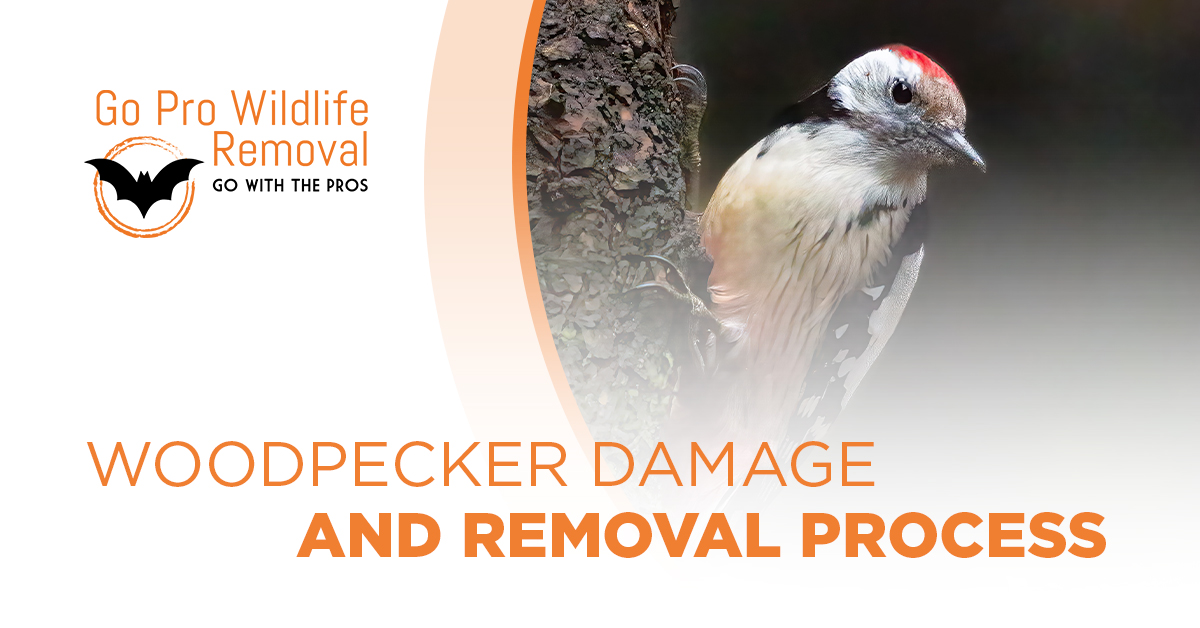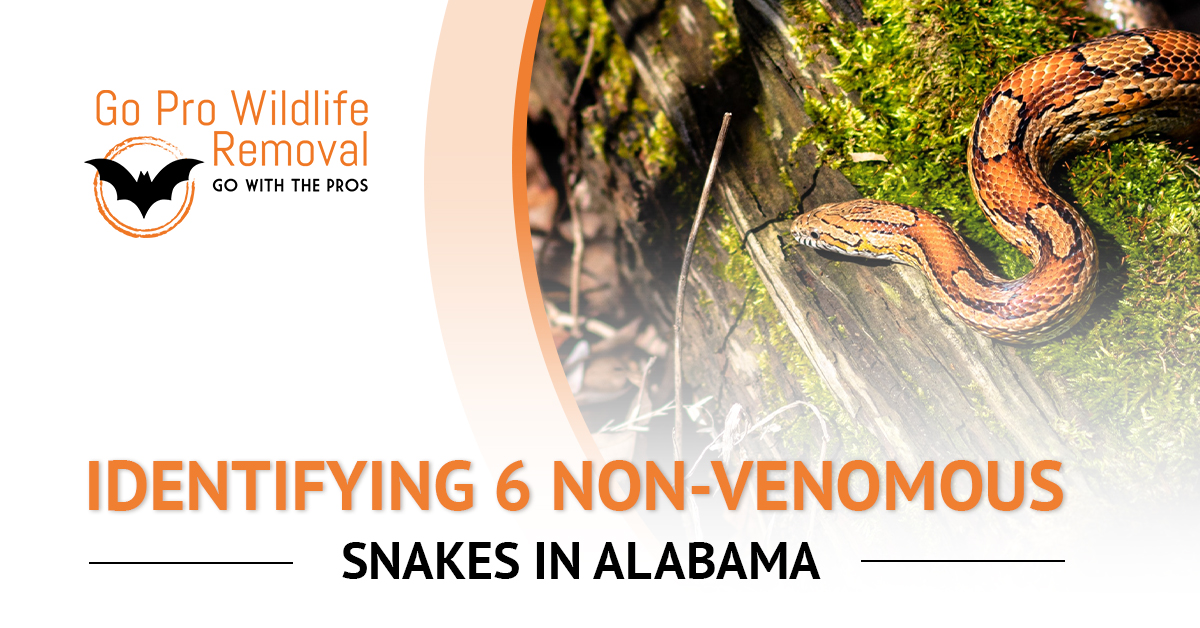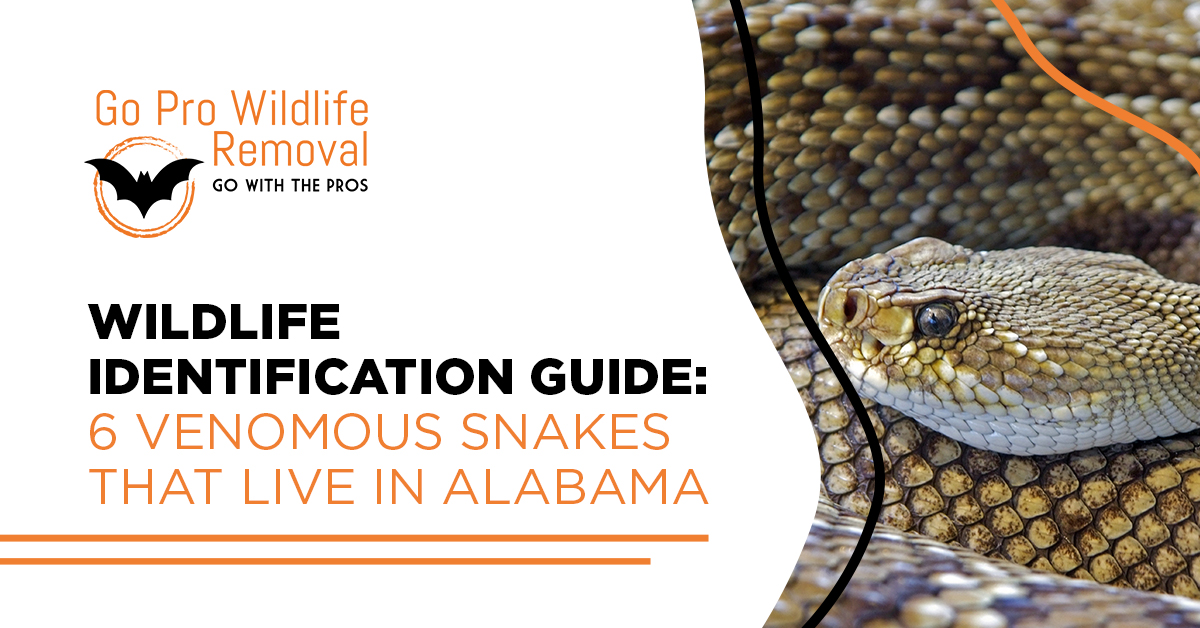by TRINDGROUP
Share
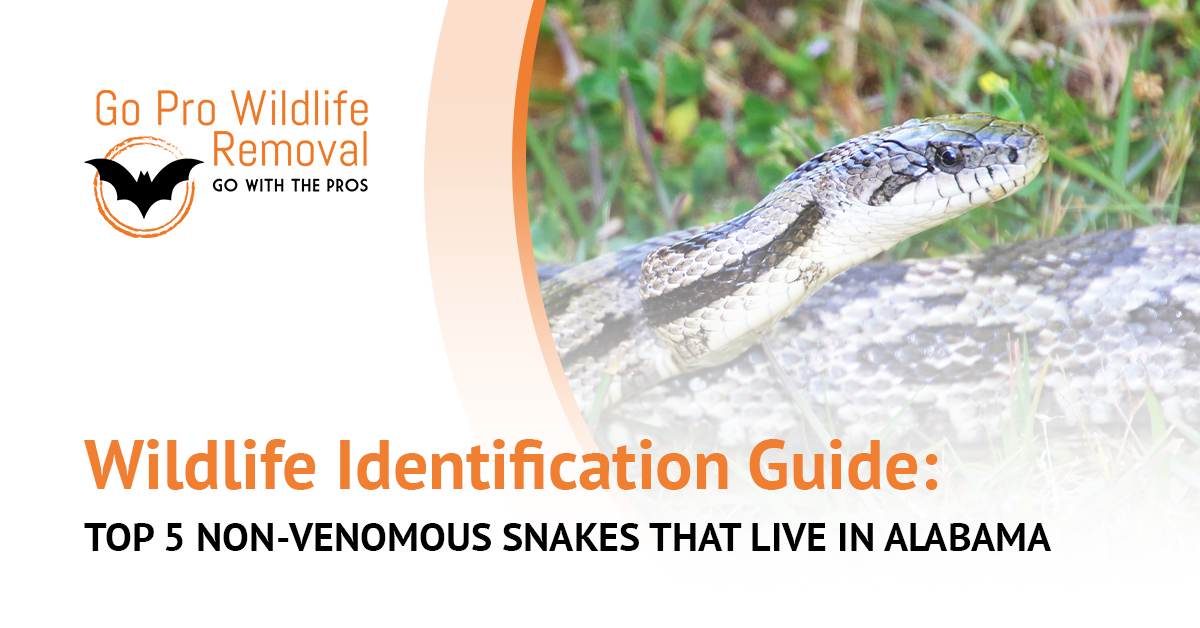
Alabama is home to more than forty species of snakes. Although snakes can be frightening to cross paths with, not all of them pose a threat to humans. In fact, there are only 6 species of snakes in Alabama that are venomous (poisonous), making the majority non-venomous (not poisonous). In this Wildlife Identification Guide, we discuss the top 5 non-venomous snakes in Alabama, where you might find these slithery critters and some of the key characteristics for identification.
#1 Gray Rat Snake
Also known as the chicken snake or oak snake, the Gray Rat Snake is one of Alabama’s most common non-venomous snakes. The Gray Rat Snake does most of its hunting on the ground but is a great climber and will take shelter in trees to avoid predators and to nest.
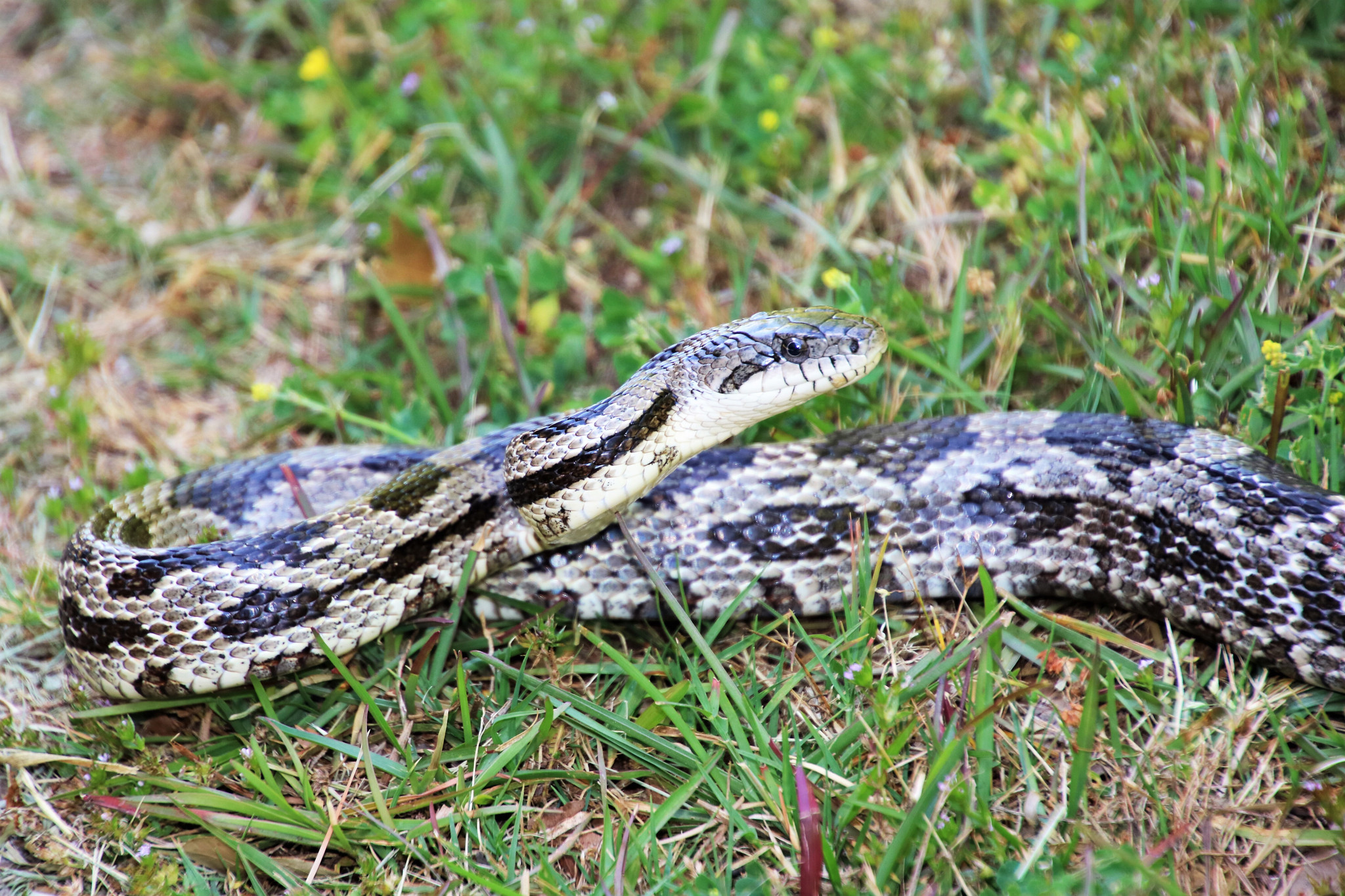
As the name suggests, the Gray Rat Snake is mostly gray in color with darker gray blotches along the body. The blotches and light-colored belly make stripes towards the tail. Fun Fact: If you encounter a Gray Rat Snake in north Alabama, you will find it to be much darker than if you found the same snake in southern parts of the state.
Gray Rat Snakes are vulnerable to predators, especially when they are younger. When threatened, this species may trick the predator into thinking it is a rattlesnake by shaking its tail against leaves or other materials nearby. Although the two species look different, it can still be difficult to determine if the snake is non-venomous or venomous, especially with the various survival tricks and warnings that this species has mastered.
The Gray Rat Snake mostly eats small rodents and mice which are known to leave behind droppings that carry a variety of diseases. These droppings can be very harmful to humans and cause sickness. The Gray Rat Snake is an enemy of rodents and mice, who are notorious for causing damage to electrical wiring in homes and buildings. This snake helps keep the rodent population in check and therefore the Gray Rat Snake actually benefits humans by helping us stay safe and healthy.
#2 Garter Snake
The Garter Snake is common across the entire state of Alabama, but more common in the northern area of the state. This species likes to live in a variety of areas and are found in both wet and dry habitats. The Garter Snake is commonly found in marshes, on hillsides, drainage ditches and even vacant lots. 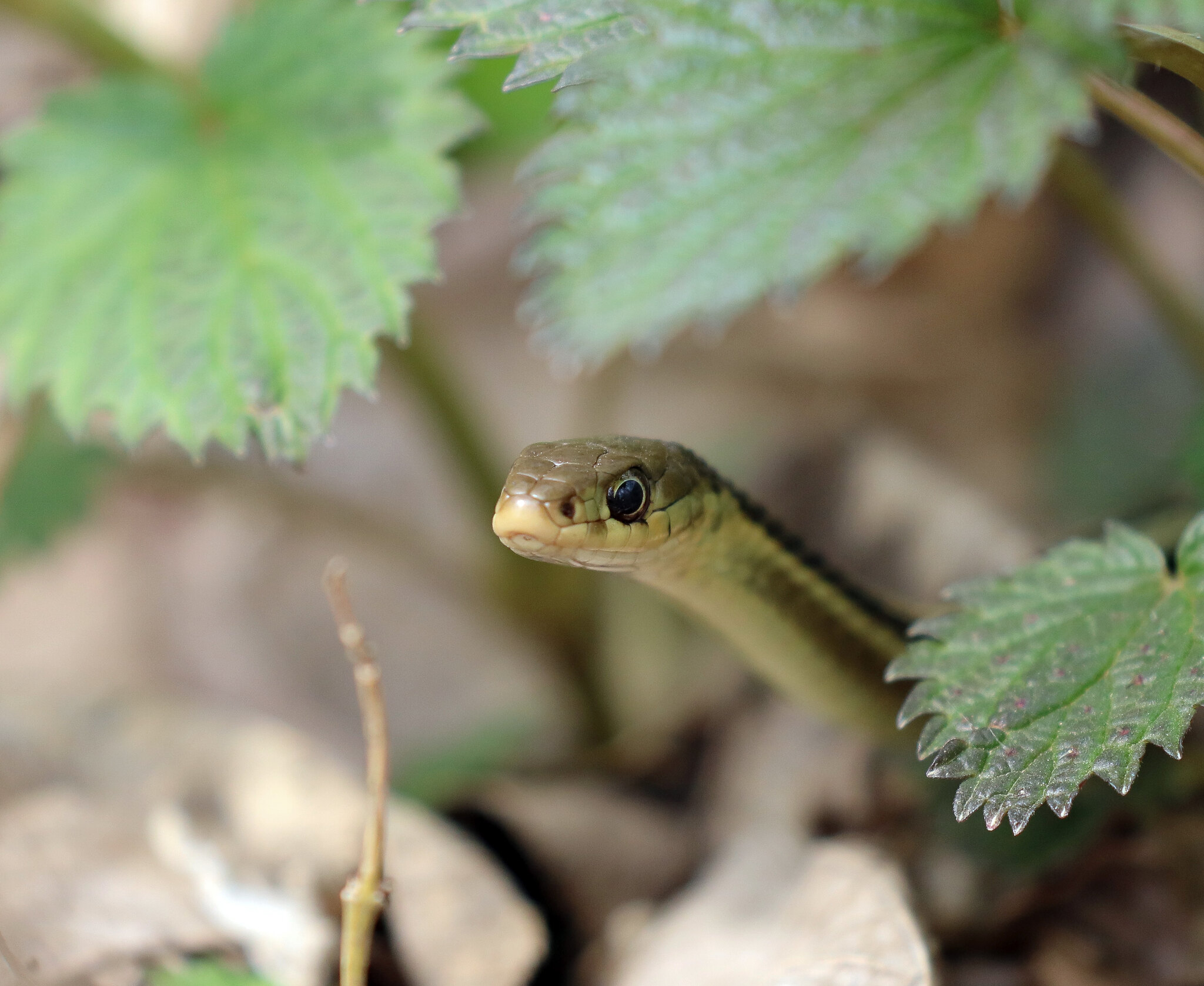
With adults typically being 18-26 inches long, the Garter Snake is not very large. However, adults have been known to reach up to 36 inches long. The color of this species varies according to its geographic location. A key characteristic is the three yellow stripes running down the length of its back, but sometimes these stripes can be a reddish or white color. The Garter Snake also has blotchy spots between the stripes on its backs that can greatly vary in color and pattern.
This species feeds on a variety of prey and typically eat whatever its environment allows. Younger Garter Snakes feed on slugs, earthworms, spiders and other small creatures they encounter. Adults typically feed on larger prey like amphibians, small birds, fish and small rodents.
The Garter Snake has been nicknamed the Garden Snake because many people find these snakes in their gardens. No need to be alarmed if you encounter one of these guys in your flower beds.
#3 Eastern Hognose
The Eastern Hognose Snake gets the “hognose” name from their upturned snout and broad head. Many people confuse this species for a venomous snake because of its broad head, but this species does not pose a threat to humans. The Eastern Hognose is commonly found in woodlands with sandy soil, fields, farmland and coastal areas. 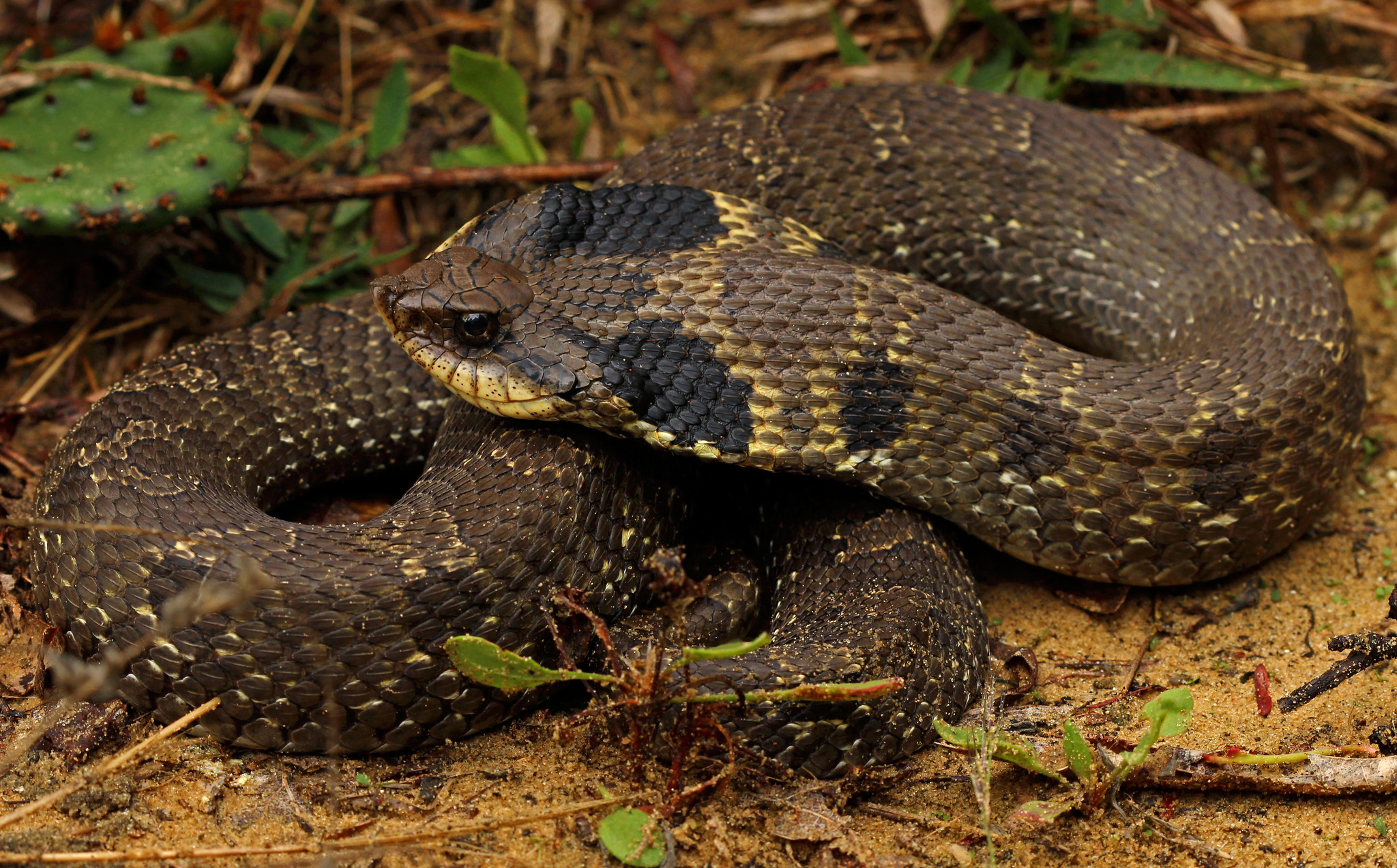
This species varies in color from black, brown, olive or gray. In some cases, the Eastern Hognose may have irregular patterns of dark blotches down its back and dark spots that alternate on its side. The underside of their tails is usually lighter than the rest of their bellies. The Eastern Hognose has a thick body and can reach up to 46 inches long but are commonly 20-30 inches. Males have a slight bulge near the end of their tails while females have fine tapered tails.
Equipped with large fangs in the back of their mouths, the Eastern Hognose has a diet that primarily consists of toads. The fangs help the snake puncture inflated toads so that they can be swallowed. This species also seems to be immune to any poisons that are produced by toads.
The Eastern Hognose uses a few defense mechanisms when threatened. One of the most common mechanisms is playing dead by rolling over on its back with its mouth open and tongue hanging out. If this doesn’t work, the Eastern Hognose will then regurgitate its stomach contents so that predators smell the toad toxins and no longer consider the snake a potential meal. Although this snake looks intimidating, it is actually contributing to the ecosystem.
#4 Black Racer
The Black Racer is a long snake reaching up to five feet long, some over 6 feet. This slender species is a solid deep black color, while their bellies can vary from gray to black with some white on the chin and throat. They have brown eyes and smooth scales. Juveniles are often a tan or grayish color with reddish blotches running down the back, but this usually fades with age. 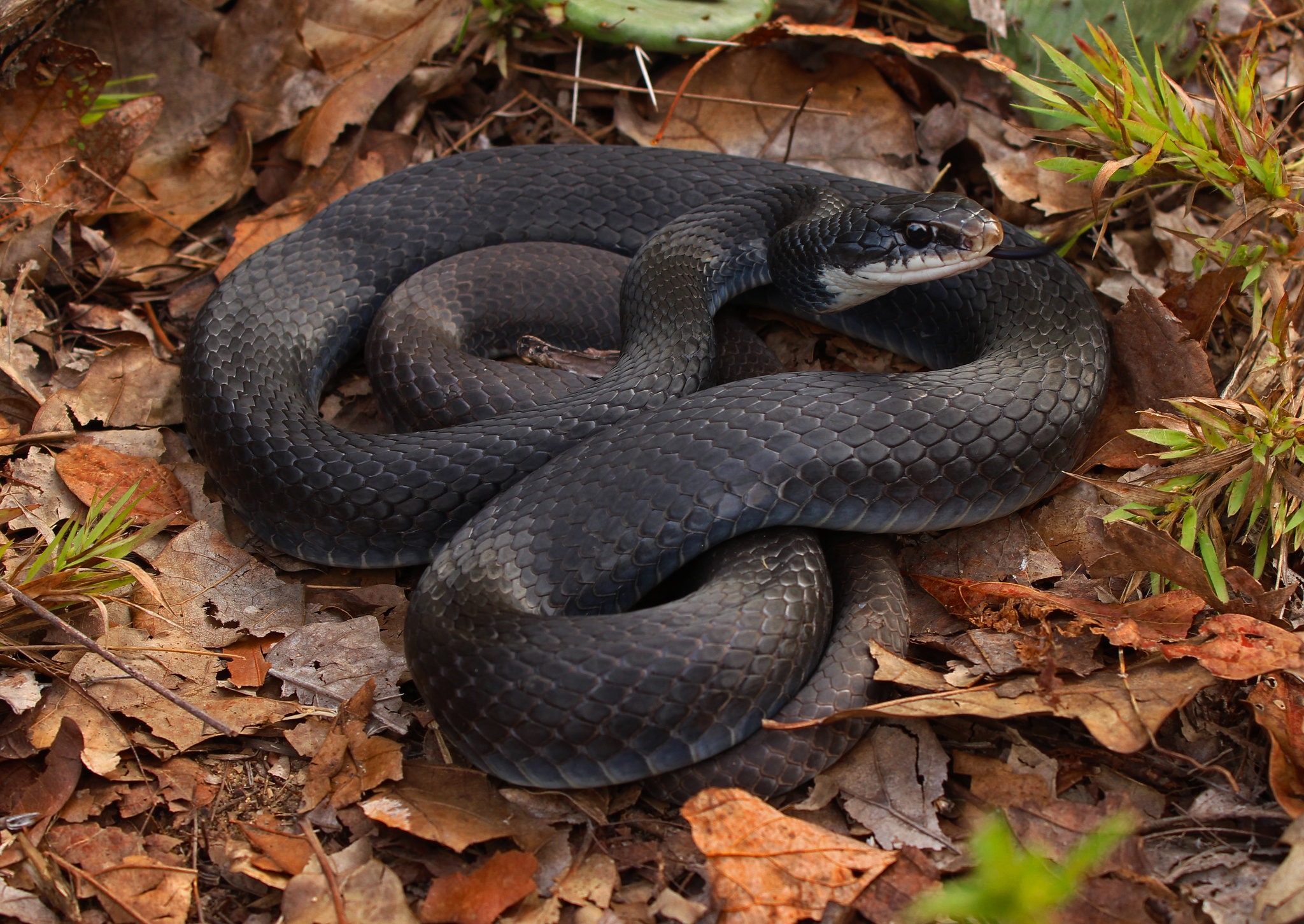
While they are non-venomous, the Black Racer is an extremely alert and active snake. When approached, the species is quick to flee but will fight if they feel cornered or threatened. If you come across what you think could be a Black Racer, contact Go Pro Wildlife Removal for assistance to avoid any negative interactions.
Black Racers can be found in any habitat but are more comm
only found in edge type areas where two habitats meet. For example, borders of swaps, fields and agricultural lands. This species feeds only during the day and eats just about anything. From rodents, birds, lizards and frogs to other snakes and toads, the Black Racer is not a picky eater.
#5 Brown Water Snake
Commonly found in slow moving waters of canals, rivers and sometimes lakes, the Brown Water Snake typically lives where there is a lot of overhanging vegetation. They often bask on logs, branches or bushed above the water. Brown Water Snakes are a light tan with dark square-like brown blotches down their back. The
blotches also extend upwards from their light-colored bellies and on the sides of their bodies. 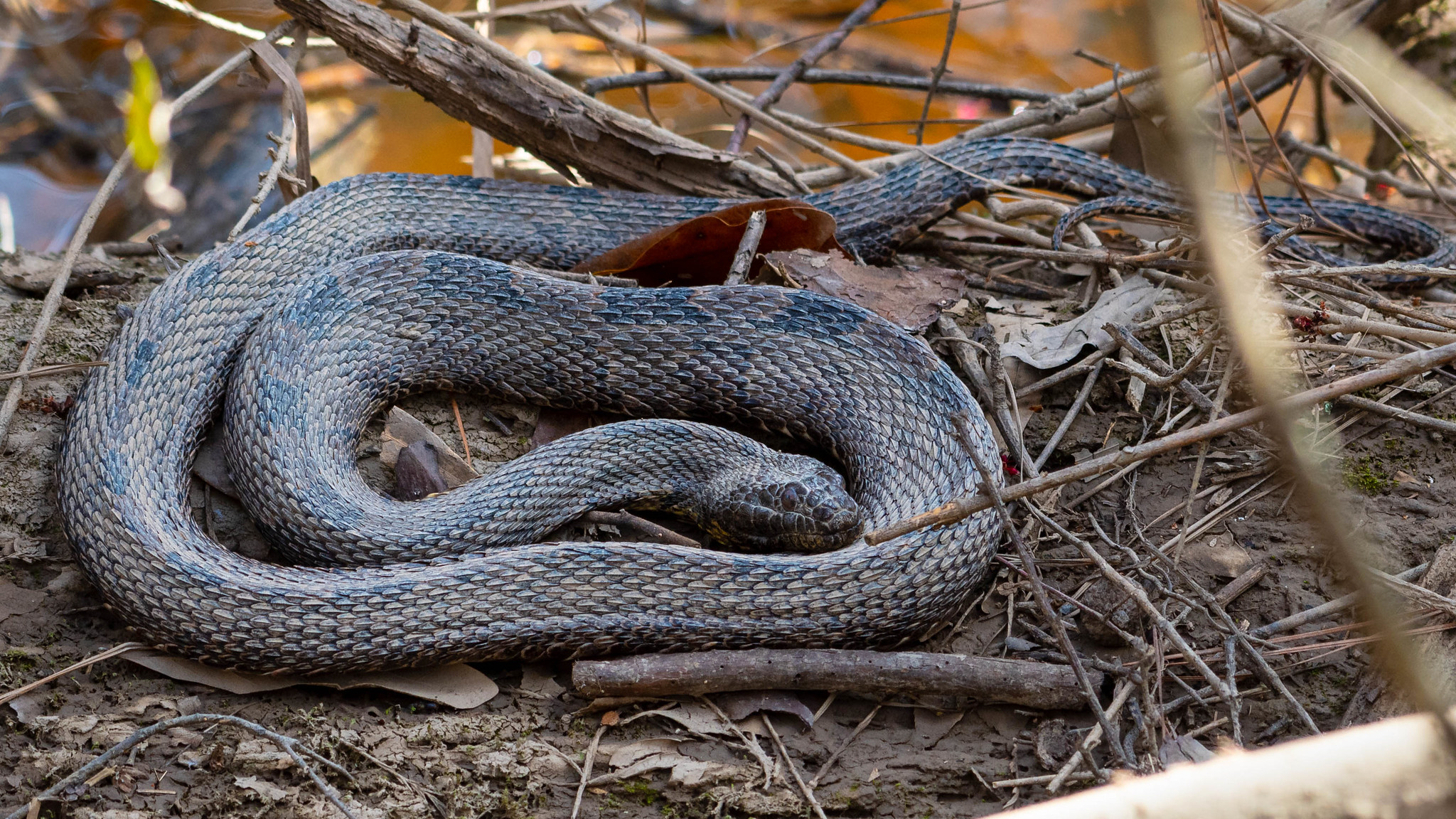
The Brown Water Snake is considered a large snake, with the longest recorded to be almost 70 inches long. They are often mistaken for the venomous Cottonmouth Snake because of their stout bodies. Despite their intimidating size and resemblance to their venomous look alike, when threatened they often gently retreat into the water.
This species is particularly important in regulating populations of their prey and maintaining the balance of their environment. Brown Water Snakes are excellent swimmers and climbers making it easy for them to hunt.
If you happen to find a snake and are not sure what the next step is, it’s always safer to contact a professional. For more information about nuisance wildlife removal, or to learn more about Go Pro Wildlife Removal services, contact us at (334) 744-0391.
Five Most Common Places for Wildlife to Enter Your Home
Warm summer weather lures humans and animals outdoors to bask in the sun. Although you may appreciate the critters you encounter while in nature, having them invade your home is undesirable.
Five Most Common Places for Wildlife to Enter Your Home
Warm summer weather lures humans and animals outdoors to bask in the sun. Although you may appreciate the critters you encounter while in nature, having them invade your home is undesirable.
Case Study: Timely and Effective Raccoon Removal in Montgomery, AL
Homeowners never expect wildlife like raccoons, rodents or squirrels to cause problems within their dwelling, but issues can arise more often than one might expect.
Woodpecker Damage and Removal Process
The woodpecker is an unsuspected wild animal that can cause damage to your home or land.
Beaver Solutions to Prevent Property Damage
Beavers, known as North America’s largest rodent, know a thing or two about destruction.
Identifying 6 Non-Venomous Snakes in Alabama
As temperatures begin to rise in Alabama, more snakes will begin slithering their way out of hibernation.
Contact Info
Service Areas: Contact Go Pro today! We offer wildlife removal solutions in Auburn, Opelika, Lake Martin, Valley, Montgomery, AL and Columbus, GA areas.
Phone: (334) 744-0391
Hours: Open 9:00 am – 5:00 pm
The woodpecker is an unsuspected wild animal that can cause damage to your home or land.
As temperatures begin to rise in Alabama, more snakes will begin slithering their way out of hibernation.
Human-Animal Relationship Awareness Week was created by the Institute of Animals and Society to highlight the connection between humans and animals and to promote a more positive attitude towards the well-being of animals.
There are many snakes––approximately forty species––that call Sweet Home Alabama “home.”



